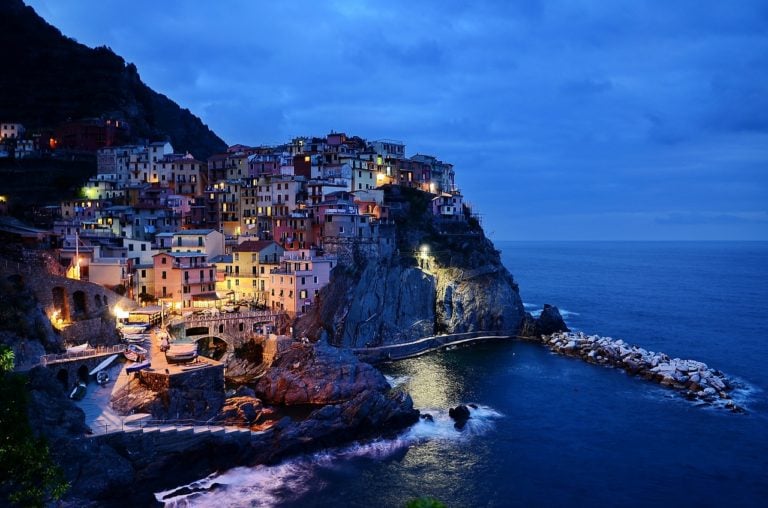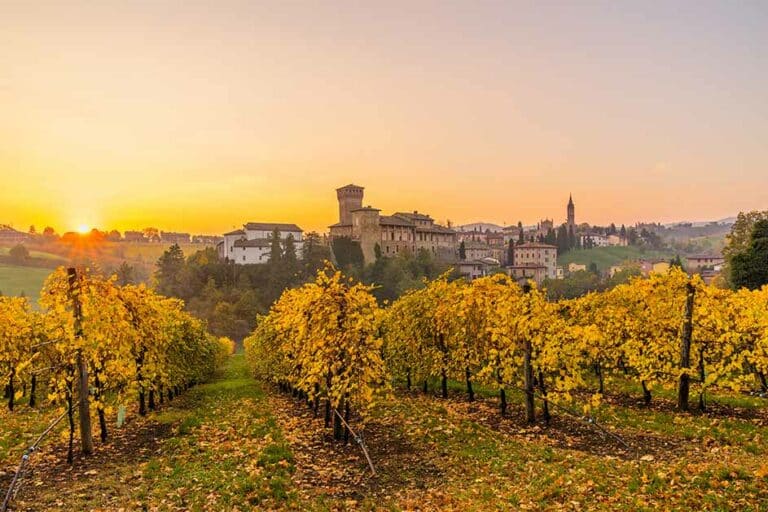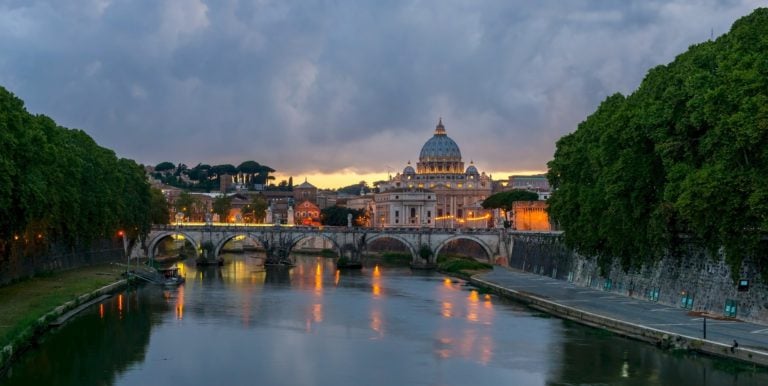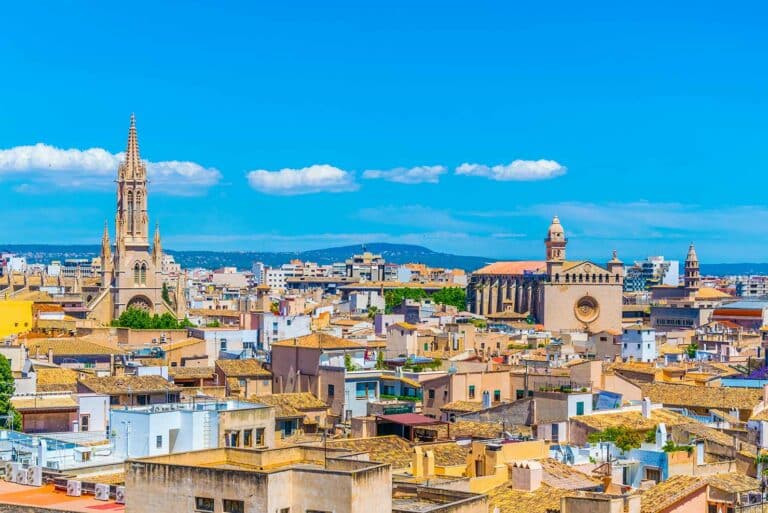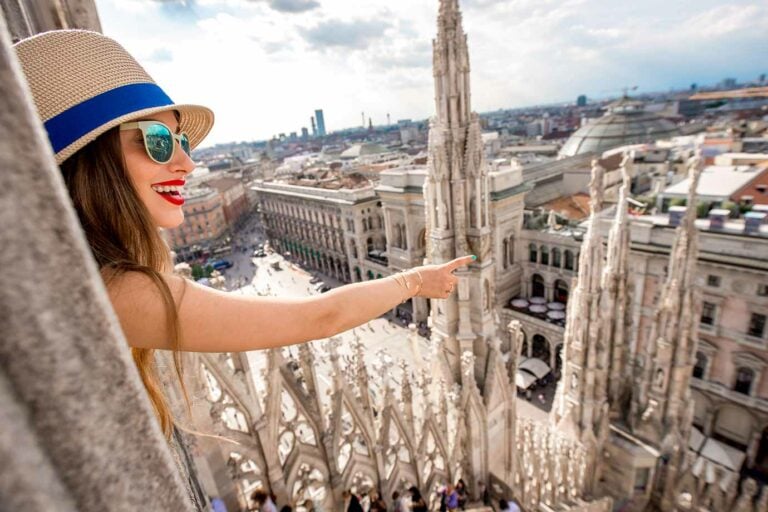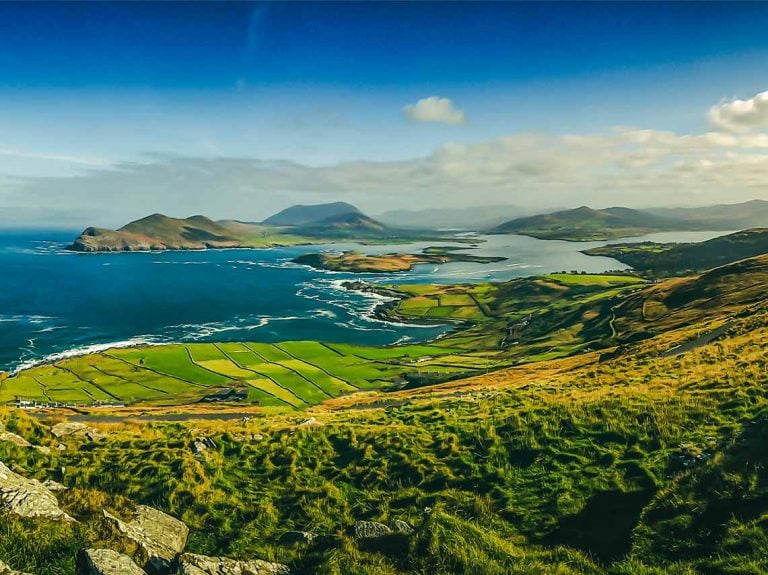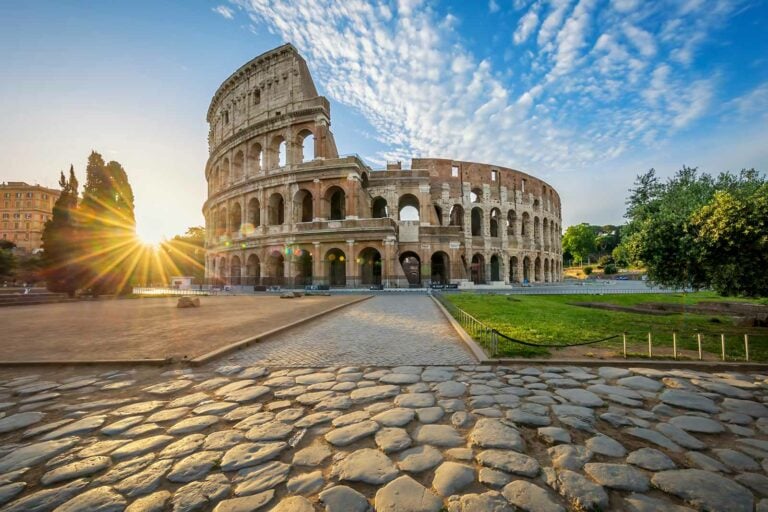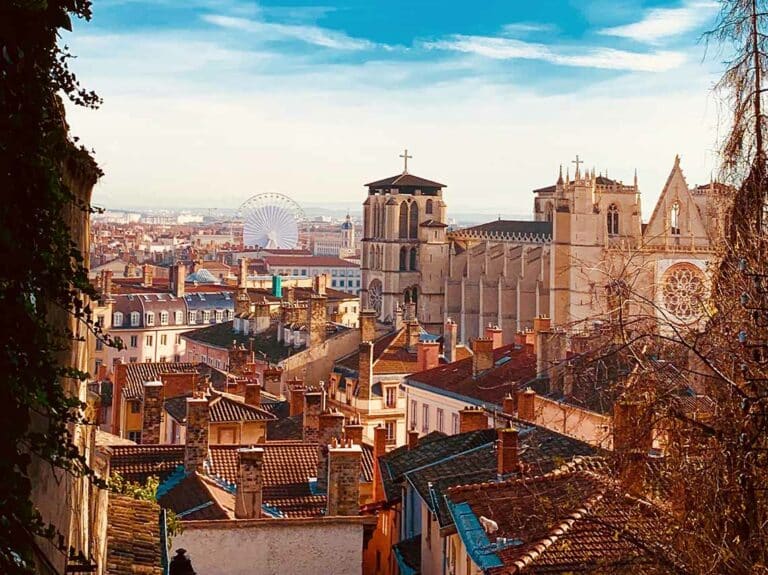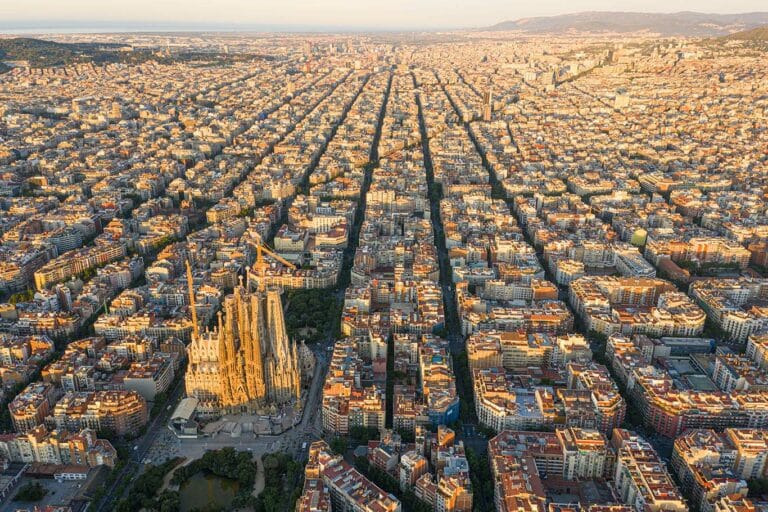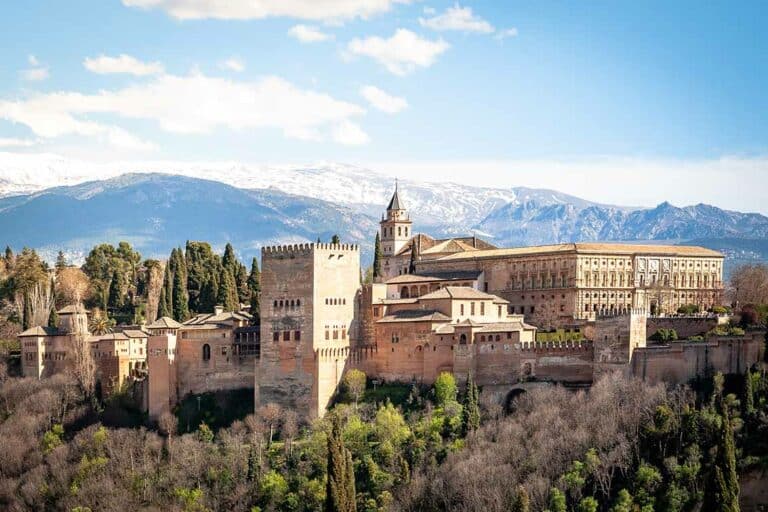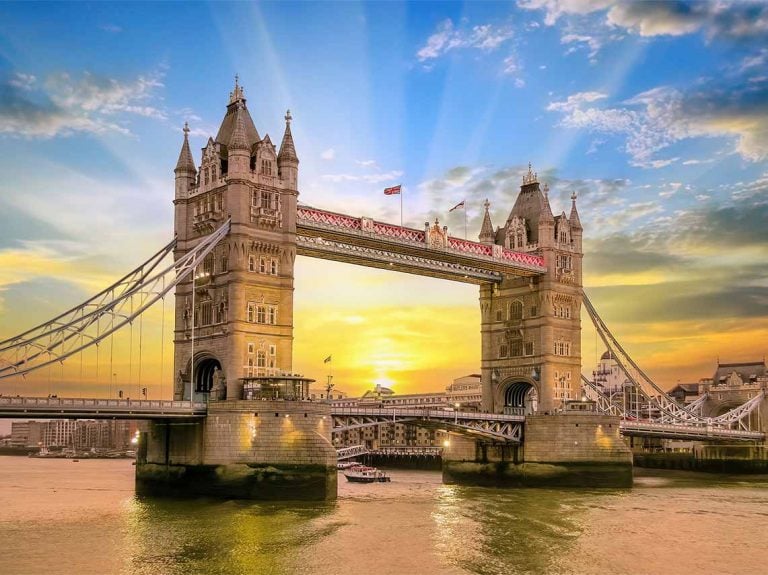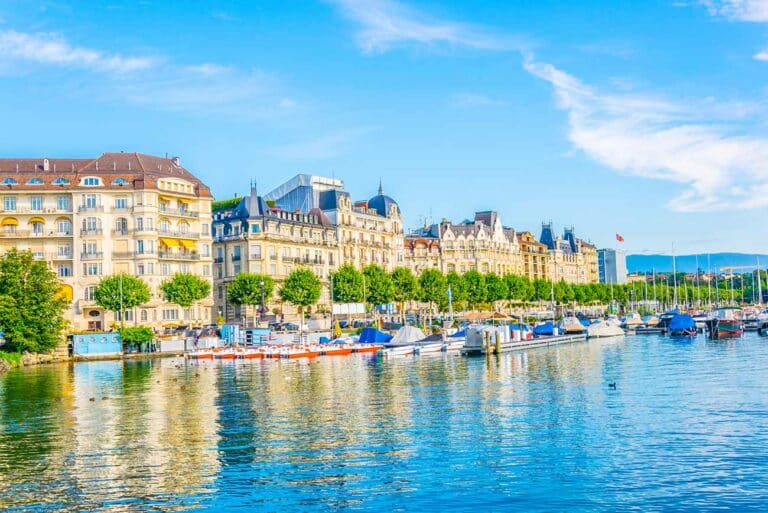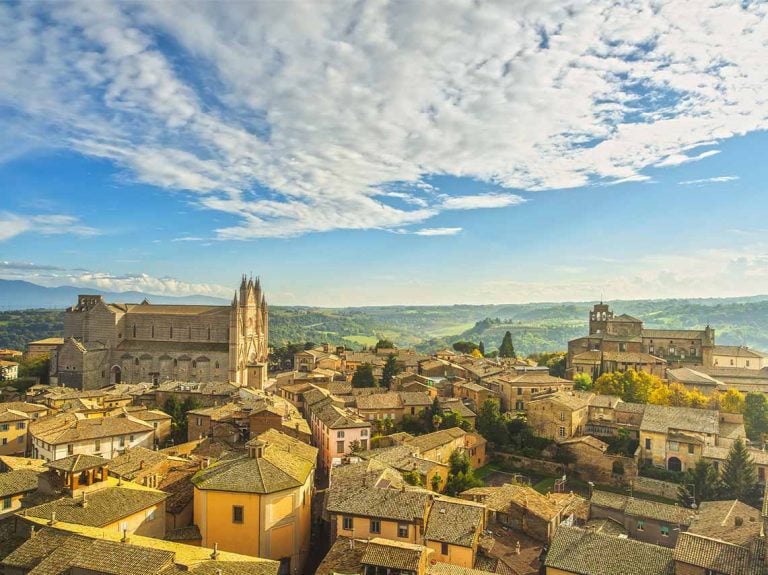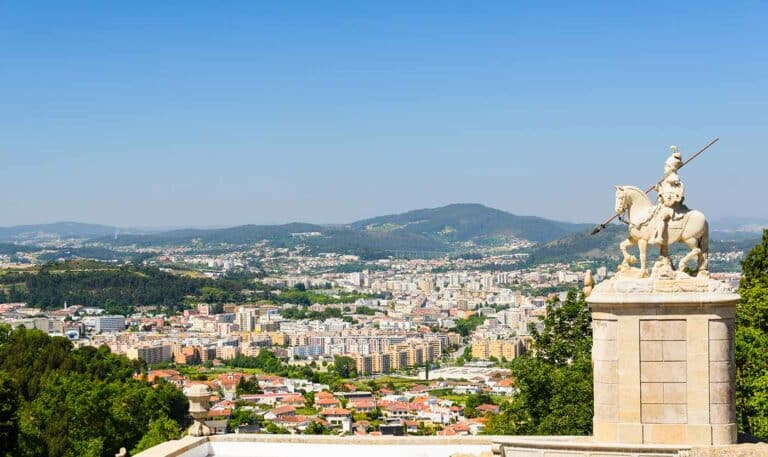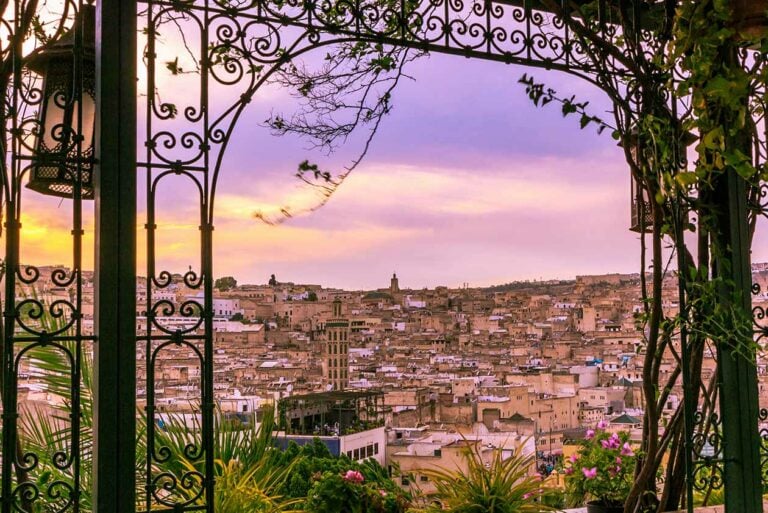When people think about an Italy trip, there are often a few keywords that tend to pop up again and again. Words like pizza and gelato and piazza and Prada, but another one that can’t be avoided is churches. So you obediently whip out your Excel spreadsheet planner for your upcoming trip and start typing names of the usual suspects – The Duomo of Milan, St. Peter’s Basilica in Rome, St. Andrew’s Cathedral in Amalfi, and you’re starting to see a smorgasbord of Italian words like chiesa, basilica, duomo, and cattedrale, and your brain is slowly but surely getting ready to explode.
Why is Italian out to get you and what do all these words mean? What’s the difference between them and most importantly, which “churches” are most worth a visit?
Well in this post, let’s start off with a language primer and then go on to take a closer look at five of the most beautiful places of worship in Italy.
So a Chiesa is a good default to fall upon as it’s the literal translation of the church, although it doesn’t designate the importance of the structure in regards to the Catholic faith. Instead, a cattedrale, or cathedral, is “more important” in the sense that it is the name given to the home church for a bishop or archbishop of a Catholic diocese.
If you’re not fluent in speaking Catholicism, it just means that it’s the home base for the head of a specific district, geographically-speaking. A basilica is a tad more complicated as the term was originally used to describe a Roman public court building so has been used for a myriad of Christian buildings that may or may not actually function as active churches. It should be noted though that “basilica” is the highest designation for a church and is permanent in nature, once given the name, it will never be lost.
Finally, we have the word duomo which is actually synonymous with cathedral with the exception that in this day and age, it can be a former cathedral, or one not currently active with a bishop. So now that you’re able to spar with the best of the Romance language linguistics undergrads, let’s take a quick look at some of Italy’s churches that will have you spreading the good word and admiring the great works…of Brunelleschi, Giotto, and company!
If you’d like a more in-depth tour of Italy’s best Basilicas, contact our team of friendly experts to start planning your vacation today!
1. The Basilica of St. Francis of Assisi
Assisi, the city in herself, has a kind of quiet presence to her as if she knows. Knows her place in Catholic history as the birthplace of St. Francis and as such, is a popular pilgrimage for Catholics around the world and for historians as well, being a UNESCO World Heritage Site.
There are actually two churches that constitute the structure typically referred to as the Basilica of St. Francis – an Upper and a Lower Basilica. As its name suggests, the basilica was built to honor St. Francis and construction started immediately after his canonization in 1228.
The church was designed by Maestro Jacopo Tedesco, an architect that was famous during his time and incorporates both Romanesque and Gothic styles. Frequent church-goers will notice a lack of stained glass and light within the Upper Basilica, instead, the main form of decoration is the frescos and these are what make Assisi as popular with art lovers as it is with the religious. The church is adorned with beautiful bible scenes by greats such as Cimabue and Giotto.
2. The Duomo of Milan
You’ll often find that as much as the world likes to give Milan a bad reputation for being overly industrial, overly modern, and overly grey, there’s one thing everyone can agree on- the beauty of its Duomo is spectacular.
You can hate on Milan if you don’t know her but you can never say anything against the imposing power and overwhelming elegance of the city’s landmark. If you take a closer look, you’ll notice the incredible detail that envelopes the entire structure from the bottom to the very top where the Madonnina is perched in all her glory.
The Madonnina is a golden statue of Mary and is often regarded as the unofficial symbol and guardian of Milan. Understandably so, this duomo took many lifetimes to build- almost six centuries to be exact and is the reason why, if you’re taking a long time to do something, Italians will joke and wonder if you’re “building the Duomo”.
It is the third-largest church in the world and the moment you step into the piazza and set your eyes on it, you’ll have no doubts. One of the most unique experiences you can do here is climbing all the way up to the rooftop where you can sit amongst the marble spires and admire Milan from the perspective of her Madonnina.
3. St. Peter’s Basilica in Rome
Oh, what can one say in a quick summary about St. Peter’s Basilica that hasn’t been said time and time again?
For the Catholic world, St. Peter’s is THE church, the definition of it, so much so that its picture is beside the word “church” in the dictionary. St. Peter’s Basilica is as synonymous with religion as it is with Rome, its central dome is an integral component of the city’s iconic skyline.
Interestingly enough, St. Peter’s is not actually the so-called “mother church” for Catholics, nor is it the official church of Rome. The “mother church” and therefore head of all churches of Rome and the world is always the church of the Pope and as you know from our linguistics study, the cathedral for the Diocese of Rome.
The cathedral is St. John Lateran and not St. Peter’s Basilica. The latter owes its fame and popularity as a pilgrimage site due to it being the supposed burial site of Peter, one of the twelve apostles who was made a martyr when he was crucified upside-down near the obelisk that now stands in St. Peter’s Square. That same obelisk is the only remaining “witness” to Peter’s death.
Interested in taking a tour of St Peter’s Basilica in Rome? Check out our Rome in a Day: Full Day Walking Tour.
4. The Duomo of Florence
Do yourself a favor and watch the first season of I Medici before heading to Florence to see its famed Duomo.
With the power of technology, the series was able to take viewers back to a dome-less Duomo, before the genius of Brunelleschi set his hands on it and the images are truly something to behold. In contrast to Milan’s stark white Duomo, Florence’s offering is white, pink, and green marble that, in addition to being a treat for the eyes, is an inevitable joy to upkeep. Florence was speedy in comparison with its Lombard neighbor, it finished its masterpiece in two centuries- in a blink of an eye when stacked next to Milan’s six.
As a UNESCO World Heritage Site, the complex includes the church, the baptistery, and the bell tower. The church, aside from its beauty, was also the site of some not-so-beautiful events like the assassination attempt of Lorenzo the Magnificent and his brother Giuliano di Piero de’ Medici, who was killed in the conspiracy devised by a rival family at the time.
5. St. Mark’s Basilica in Venice
Our final stop is the sinking city and her cathedral which serves the Roman Catholic Archdiocese of Venice. It’s probably best known for its opulence and has actually been known as the “Church of Gold” due to it being rather “extra” with both interior and exterior decorating: mosaic-swathed domes, ground mosaics speckled with gold; this church was and still is, a symbol of the extent of Venetian wealth and power.
Constructed in an Italo-Byzantine and Gothic architectural style, the most loved aspects of this basilica are its mosaics. There is such a superfluous amount that if you combine them all, they would cover 1.5 American football fields, so superfluous doesn’t even begin to describe them.
However, all the gilding and gemstones can’t hide the brutal truth behind St. Mark’s or many other Catholic churches in reality…the many treasures, icons, relics, crosses, and alter pieces including the four bronzed horses known as The Horses of Saint Mark, were all actually looted from the time of the crusades in 1204 CE, when Constantinople was sacked and various items sent to the West. Yikes.
Pretty to look at but hard to think about how they came to grace Venice!

